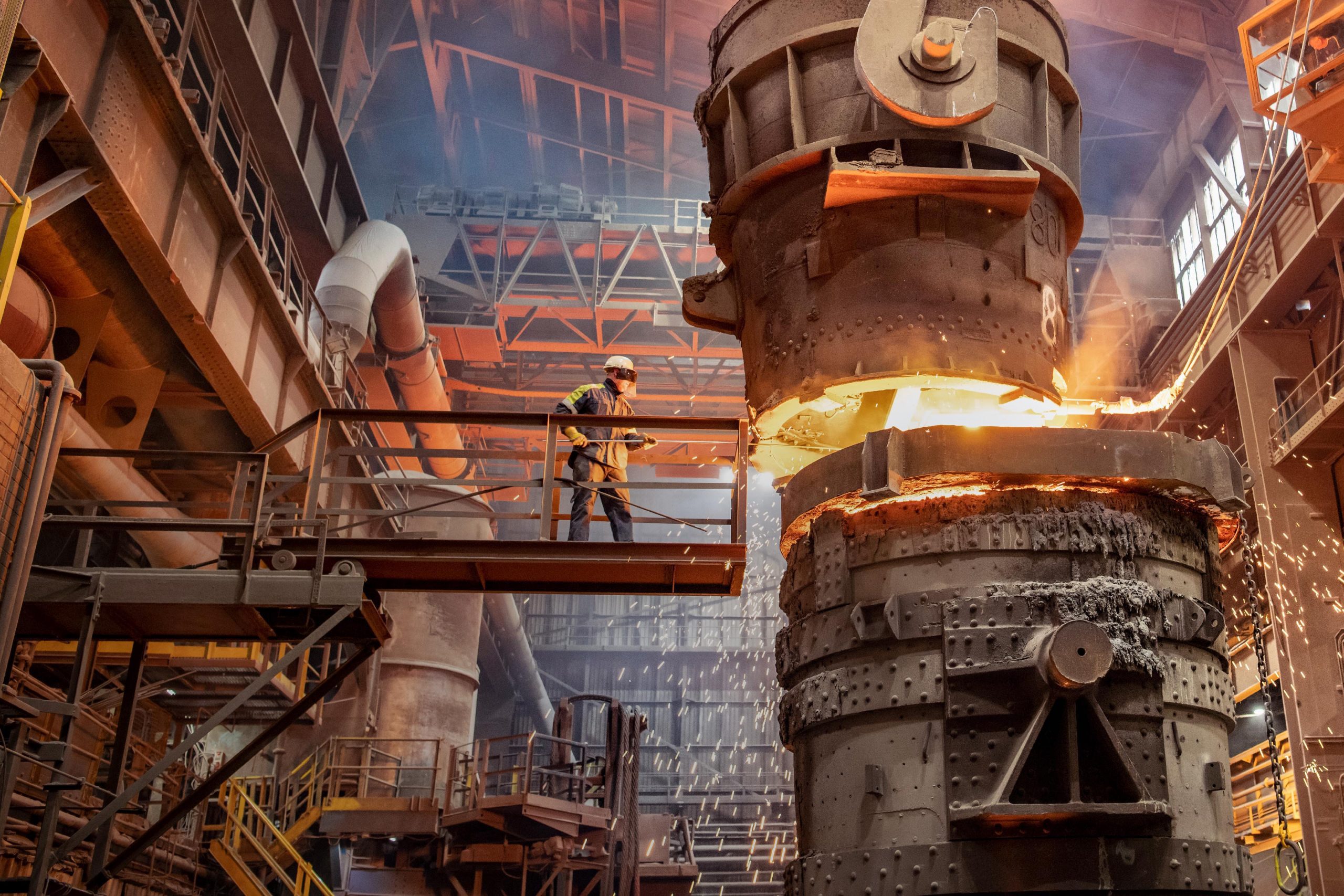There are many foundries across Canada, and each one has its own unique history and circumstances.
In general, the steel industry in Canada and around the world is facing a number of challenges related to environmental sustainability, technological innovation, and global competition. To transform the industry, stakeholders will need to work together to develop new processes and materials that are more efficient, less polluting, and more adaptable to changing market conditions.
Some possible strategies for transforming the steel industry include investing in research and development of new materials and processes, adopting new technologies like artificial intelligence and automation, improving supply chain management and logistics, and promoting sustainable practices like recycling and energy efficiency.
In addition, governments and industry organizations can play an important role in supporting the transformation of the steel industry through funding and policy initiatives that incentivize innovation and sustainability. By working together, stakeholders can help ensure that the steel industry remains a vital part of Canada’s economy and a source of sustainable, high-quality jobs for years to come.
The Canadian steel industry is facing a number of challenges, including increasing global competition, rising costs, and environmental sustainability concerns. However, there are several strategies that can be employed to transform the industry and help ensure its long-term viability.
One key strategy is to invest in the research and development of new materials and processes that are more efficient, less polluting, and more adaptable to changing market conditions. This could include developing new alloys, improving steel production processes, and exploring alternative sources of energy to power steel plants.
Another important strategy is to adopt new technologies like automation and artificial intelligence to improve efficiency and productivity while reducing costs. By automating certain tasks and using AI to optimize production processes, steel companies can reduce waste, lower their carbon footprint, and improve profitability.
In addition to technology, improving supply chain management and logistics can also help transform the Canadian steel industry. By streamlining transportation and distribution networks, companies can reduce costs and improve delivery times, making them more competitive in the global market.
Finally, promoting sustainable practices like recycling and energy efficiency can also help transform the Canadian steel industry. By implementing more efficient and sustainable production methods, companies can reduce their environmental impact while also improving their bottom line.
Overall, transforming the Canadian steel industry will require a coordinated effort from industry leaders, policymakers, and other stakeholders. By working together to promote innovation, sustainability, and competitiveness, the Canadian steel industry can continue to be a vital part of the country’s economy for years to come.










